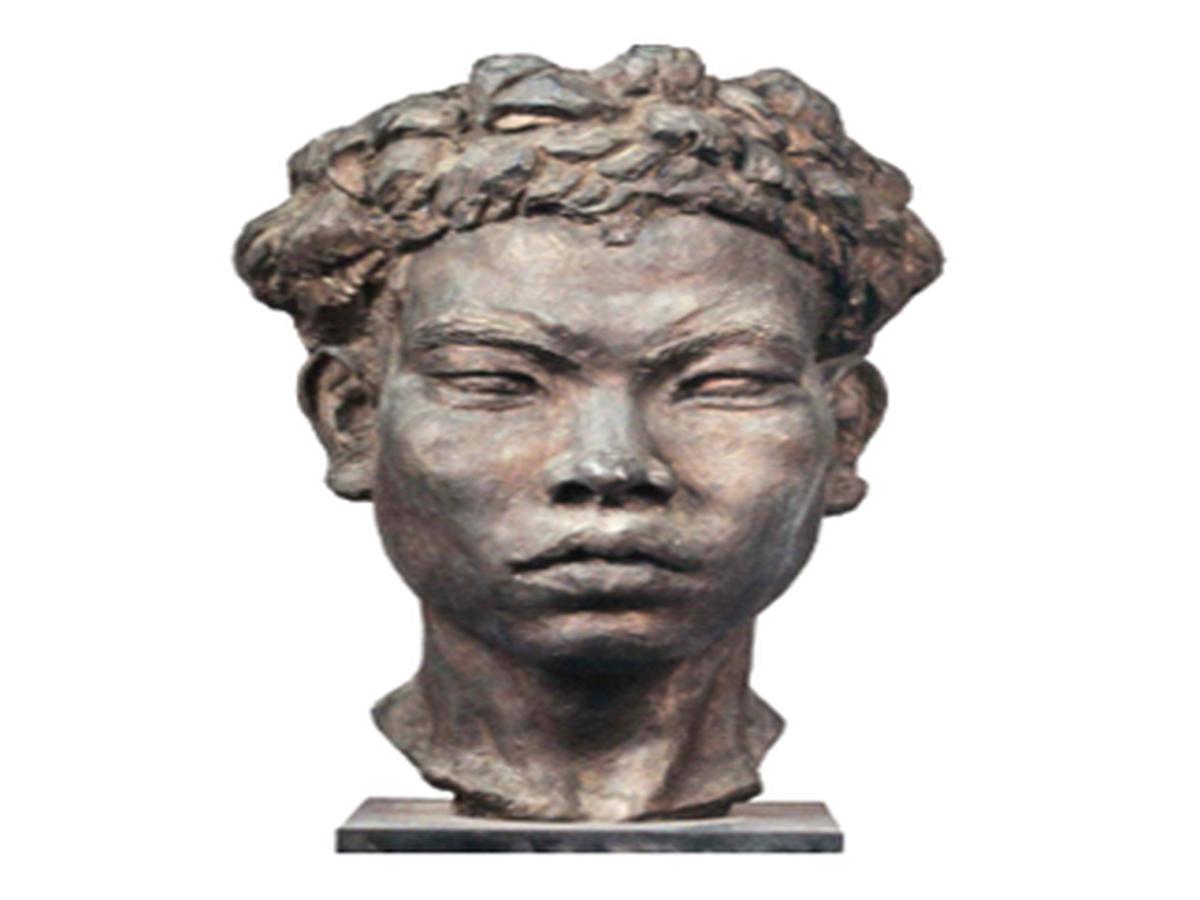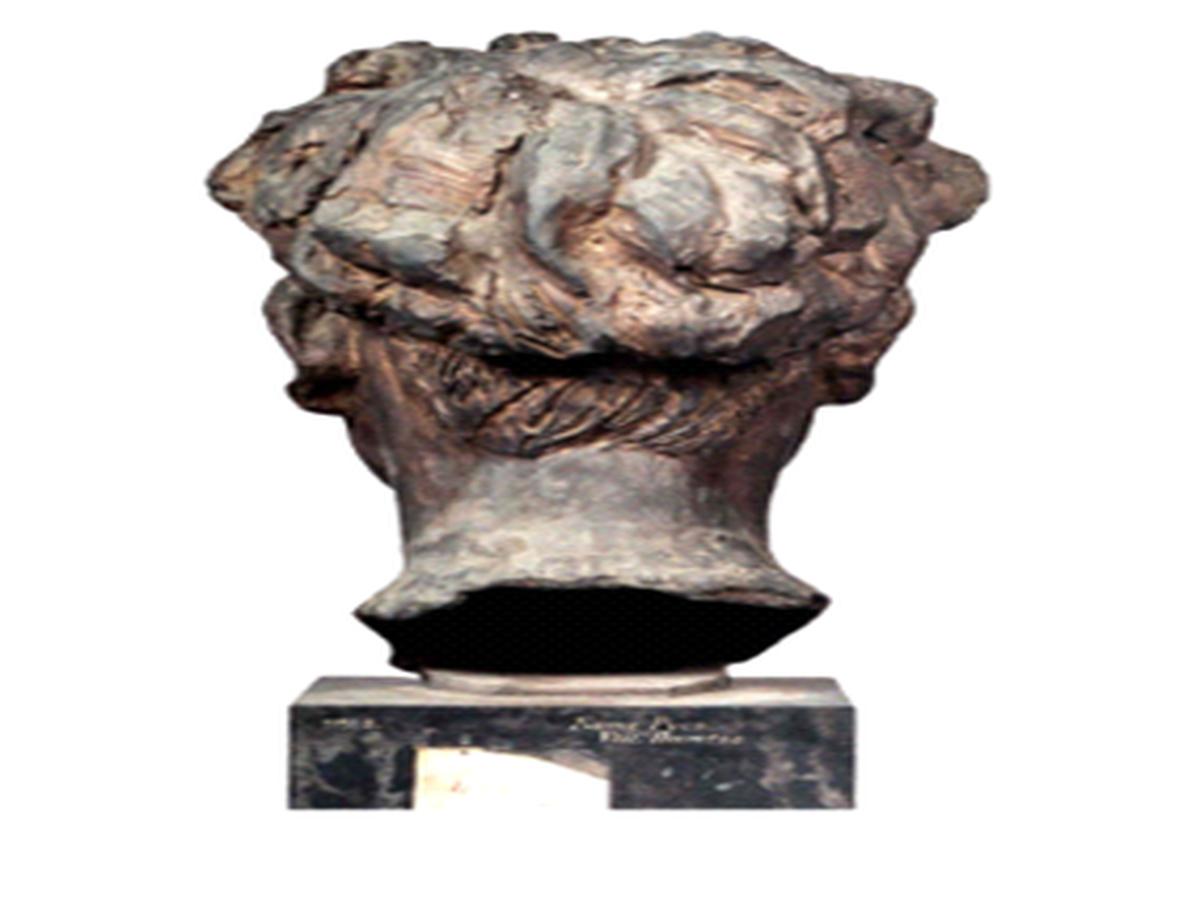State
Tribe Name
Art Type
short description
This bronze replica is that of a Lhota Naga male and belongs to the Lhota tribe found in Nagaland, India. It is said, Lhota tribe is inculcated with rich oral traditions and vibrant festivals like Tokhü Emong, and multi-layered display of social customs based mostly on kinship and communal values. This bust on a square granite pedestal captures the physical and cultural edifice of the tribe. The figure has full curly hair, set cheekbones, and thick lips. Such an outward appearance accentuates the Mongoloid features distinctively displayed in the Lhotas. Beyond maintaining anatomical accuracy, these facial features reflect upon the tribe's lineage and ethnic identity. Such artistic depictions are generally presumed to keep the memory alive of tribal ancestors or warriors or revered elders
Thumbnail

Filter Postion
Left
Filter Background
Off
Theme
Filter Header Image

content
Image

description
This bronze replica is that of a Lhota Naga male and belongs to the Lhota tribe found in Nagaland, India. It is said, Lhota tribe is inculcated with rich oral traditions and vibrant festivals like Tokhü Emong, and multi-layered display of social customs based mostly on kinship and communal values. This bust on a square granite pedestal captures the physical and cultural edifice of the tribe. The figure has full curly hair, set cheekbones, and thick lips. Such an outward appearance accentuates the Mongoloid features distinctively displayed in the Lhotas. Beyond maintaining anatomical accuracy, these facial features reflect upon the tribe's lineage and ethnic identity. Such artistic depictions are generally presumed to keep the memory alive of tribal ancestors or warriors or revered elders.
Image Mode
landscape
Image

description
The medium bronze conveys permanence and sanctity-two earmarks that are suitable for the commemoration of the great or the spirits. Such an effigy would thus have been used during certain rituals or merely exhibited as a cultural symbol in community spaces. The bust has been crafted with a great degree of art, bringing to bear the talent of tribal artisans who, despite the dearth of resources, engaged in a micro-understanding of the human form and symbology. Such artifacts are again the cultural connectors, knitting the past and present and instilling a sense of pride among the indigenous people. They give window into the aesthetics, practices, and ideals of the Lhota Naga.
Image Mode
landscape
promoted
On
Verified
Off
